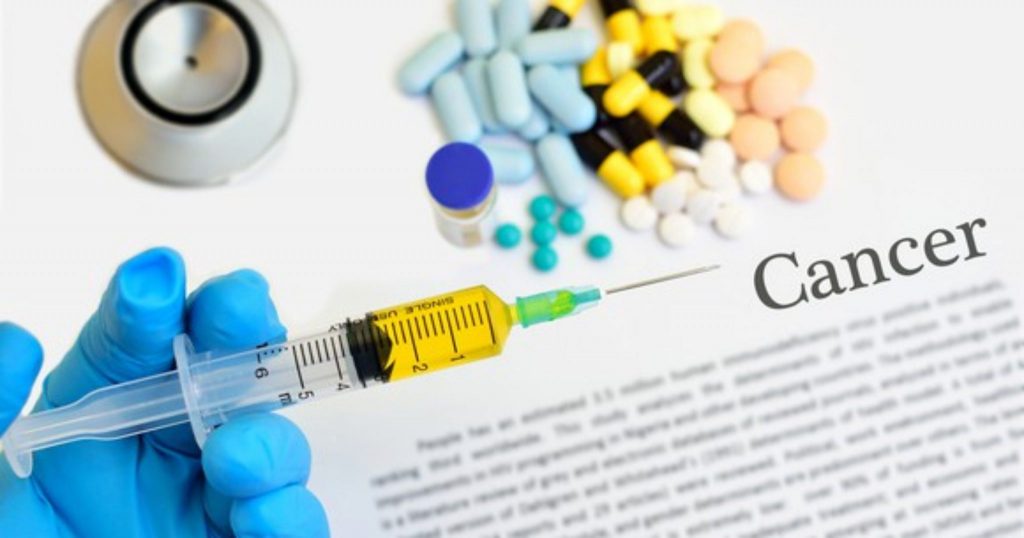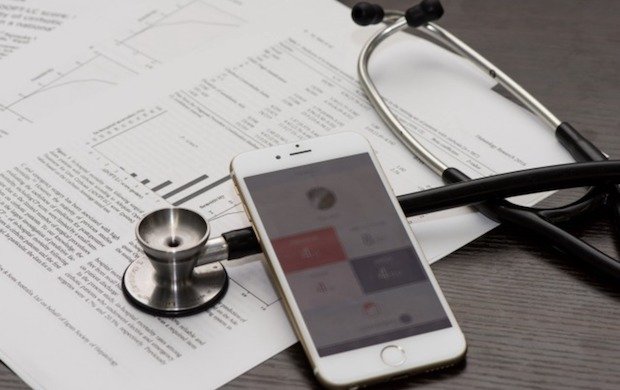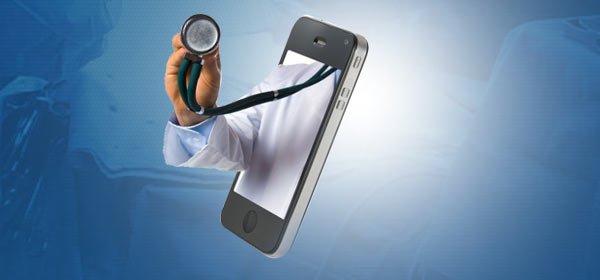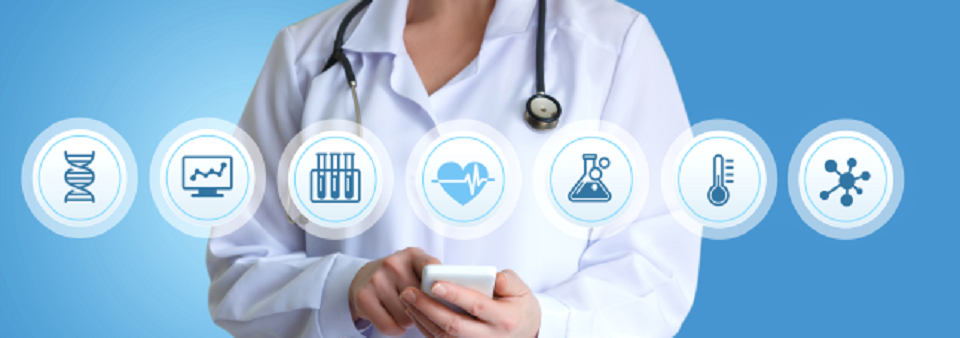Technology is changing the way we live our lives today. With constant innovation and developments in technology, our lives are getting easier and more efficient. Technology not only improves the quality of life, but also give us options to live it differently. It is not a stretch to say that all aspects of our life in this digital age function on some sort of technology. While the healthcare industry has been slow to adapt to technological changes historically, the industry is set to experience significant changes in the coming years. The digital health market is expected to reach $206 million by 2020. Healthcare providers have recognized the potential and are mapping new routes to their goal. By adopting technology and a more customer-centric approach, these companies are setting new standards for the healthcare industry. Consumers can expect a major disruption in
The proliferation of mobile devices- mainly smartphones- has been largely responsible for the shift in attitude. Healthcare is an important and essential service for the majority of the population. It is now being made more accessible through the use of apps, telemedicine, new technologies for patient engagement, etc; there are new developments and updates to this technology every year. The current digital face of healthcare allows for clearer communication, easier accessibility, data analytics and exchange, among many other benefits. With a projected 50% increase in mobile engagement expected in 2019, we can expect to see a lot of changes in the way consumers approach healthcare.
The Changing Face of Medicare:
- User-friendly software: The primary focus of healthcare companies has been on improving user engagement and empowering the patient; the goal is to put the consumer at the center of the digital experience. Players in the healthcare industry should expect a shift to this model of engagement and work on creating a more user-friendly environment. With several developments in the field of mobile health, patients can expect to access treatment easily, stay informed of their progress, keep in touch with their doctors, follow a plan, and avail of several other services with a click of a button.
- Personalised healthcare: A personalized experience is essential to implement a user-friendly model. It is a vital part of the changing healthcare experience because patients want more control of their medical decisions. This awareness is a result of better access to medical information and data that is now available on the internet. According to a report- Worldwide Health Industry Predictions 2018– from the International Data Corporation, an important aspect of this personalised experience will be patient-generated data. By 2020, it is predicted that patients will generate and share over 25% of medical data. With the influx of wearables, patient data can be easily collected, shared and analysed by healthcare companies, to provide a more personal treatment plan.
- Exchange of Information: Recent digital developments enable doctors and healthcare providers to access patient information better because it is all available in a single place. This promotes efficiency as well as the accuracy of patient care, allowing the consumer to have a better experience. In addition, patient files and records can be shared across several organisations with no loss of data, allowing the patient to access healthcare from any part of the world.
- IoT: Devices and apps are now important players in the field of healthcare; they help to track as well as prevent serious illness and allow for monitored treatment. IoT is set to change the way the world interacts and behaves; take for example, the fitness, fashion or entertainment industry. Similarly, the healthcare industry is also experiencing a shift in this direction. Combining IoT with medicare involves the use of wearables and monitors that collect and record- on real time basis- common medical measurements such as temperature, glucose, heart rate, blood sugar, etc. In 2017, over 60% of operations in healthcare field had adopted IoT systems. And by 2020, we can expect between 20 million to 30 million IoT devices in use.
- AR/VR: Augmented and virtual reality solutions have recently been incorporated into the healthcare industry. From education to planning, the combination of AR and VR with healthcare promises to be beneficial. This technology has been put to good use for people overcoming cognitive and motor deficiencies; it allows patients undergoing therapy to be placed in alternative environments to bring about improvement. The data that is collected through this process can also help create customized treatment plans.
- Chatbots: Healthcare companies and organizations receive a lot of similar questions, which are repeated but important. It drains resources and limits efficiency, not to mention poses a risk of human error. Chatbots are a way to overcome this problem. Utilizing this system allows practitioners to keep better track of their patients, book appointments easily and monitor treatment. Patients also have an easier time getting refills of prescriptions orders, and the billing process tends to be smoother. Lab tests can be transmitted more readily, and patients can be informed of procedure outcomes sooner.
How can technology help cancer patients?
Cancer is the second leading cause of death globally, and was responsible for 8.8 million deaths in 2015. In 2018, it is estimated that, in The United States alone, there will be over 1.7 million new diagnoses of cancer. Globally, nearly 1 in 6 deaths is a result of cancer; approximately 70% of those deaths occur in low and middle-income countries. However, the tide is now changing. In 2016, there were an estimated 15.5 million cancer survivors in the United States, and the number is expected to increase to 20.3 million by 2026. While the rate of progress on a global level is not as high, we are definitely experiencing a change in the way people manage cancer. What is responsible for this change? Quality of life has definitely improved for most people across the world, and technological advancements are majorly responsible for that.

When most people think about cancer treatment, their minds probably go to radiation and chemotherapy. While these methods are still the primary types of treatment for various kinds of cancer, the technology used to administer them has changed a great deal. Every single person is different, so it makes sense that every person’s cancer treatment should also be unique. When cancer treatment is personalized, specialized, and focused, a patient has a higher chance of overcoming their particular form and severity of the illness.
Personalised Treatment Saves Lives
As mentioned earlier, the rise of smartphone usage across the world has disrupted the healthcare industry functions. Considering all of the benefits, it is only natural that mobile apps are a rising resource for cancer patients; due to their efficiency in educating as well as providing resources that help patients better understand and manage their disease. Apps are defined under the World Health Organization’s label of ‘m-Health’ or ‘e-Health’ as “medical and public health practice supported by mobile devices, such as mobile phones, patient monitoring devices, personal digital assistants, and other wireless devices.”
The integration of wearable health monitors with smartphones offers the chance to collect continuous, accurate health data in real time, which can eventually help save lives. This emerging digital research platform has the potential to increase data accuracy and timeliness, improve operational efficiencies, and achieve greater patient engagement.
One App At A Time
Apps are not meant to replace doctor visits, but they can allow patients to keep track of their health between appointments and perform other treatment-related tasks.

- Early diagnosis: There are now apps in the market that can help you detect early signs of cancer, allowing you better chances of recovery. SkinVision allows you to snap a photo of a skin condition and, by analyzing your moles or freckles, it will provide you with a ‘risk rating.’ It claims to be 83% accurate in evaluating the risk of skin cancer. Another skin cancer app, First check, allows you to get a virtual consultation with a specialist within 72 hours for $19.95. The purpose is to connect people with their local specialists, being helpful especially for those living in rural areas.
- Easy management: A good healthcare is one that empowers patients by providing useful information that not only lets them stay on top of their treatment but also aids in overcoming the challenges presented by the same. These apps play a crucial role in helping patients to both copes with illness and communicate with their healthcare professionals. One of these apps is called CancerCare, and it’s specifically designed for families with children fighting cancer, who need complex resources for tracking and education, in terms of medications, blood counts, and scheduling doctor visits. The app allows parents to organize treatment dates and medication schedules, access resources right from the app, track their child’s mood, side effects and blood counts, and confidentially share the information with other family members.
- Managing Pain: Pain is an unfortunate side effect of cancer, and it is sometimes excruciating. In an effort to make it easier for cancer patients to manage their pain, the ePal app was created. It educates patients on how to effectively manage their pain and subsequently reduce hospital visits. The patients are able to request medication refills, view educational videos, and keep notes on how they are feeling.
- Cancer groups: Cancer puts you through a lot, and coming out on the other side is amazing, but there is also a lot of trauma that one has to deal with, during as well as after. And sometimes the only people that might understand are ones that go through a similar experience. CaringBridge is an app that encourages patients to create online health journals that can help them improve their treatment, and can also be shared with other people. It allows the patient to reach out to people- family or strangers- when things get hard, and find a support system to soldier through the treatment.
- Clinical trials: Mobile technology also offers the advantage of easy participation in medical trials, for researchers as well as patients. Apps are being used to iron out kinks and improve the validity of clinical trials. Clinical Trial Seek, MedTrust and Study Scavenger are examples of some apps that designed to help patients find appropriate clinical trials. This development enables practitioners easy access to information and ensures that they adhere to proper trial conduct. Patients are also better educated and instructed with trial guidelines, and can be closely monitored for medication compliance. With better communication and increased patient engagement, the retention rate is higher, allowing for more comprehensive results.
Bottomline
There’s good evidence to indicate that some apps have the potential to improve cancer patients’ health and well-being. The challenge is choosing apps that are appropriate for their specific situations and that have been developed with professional medical input. Nothing can replace a doctor or hospital visits, but these apps can definitely make the process easier and better patient treatment.







